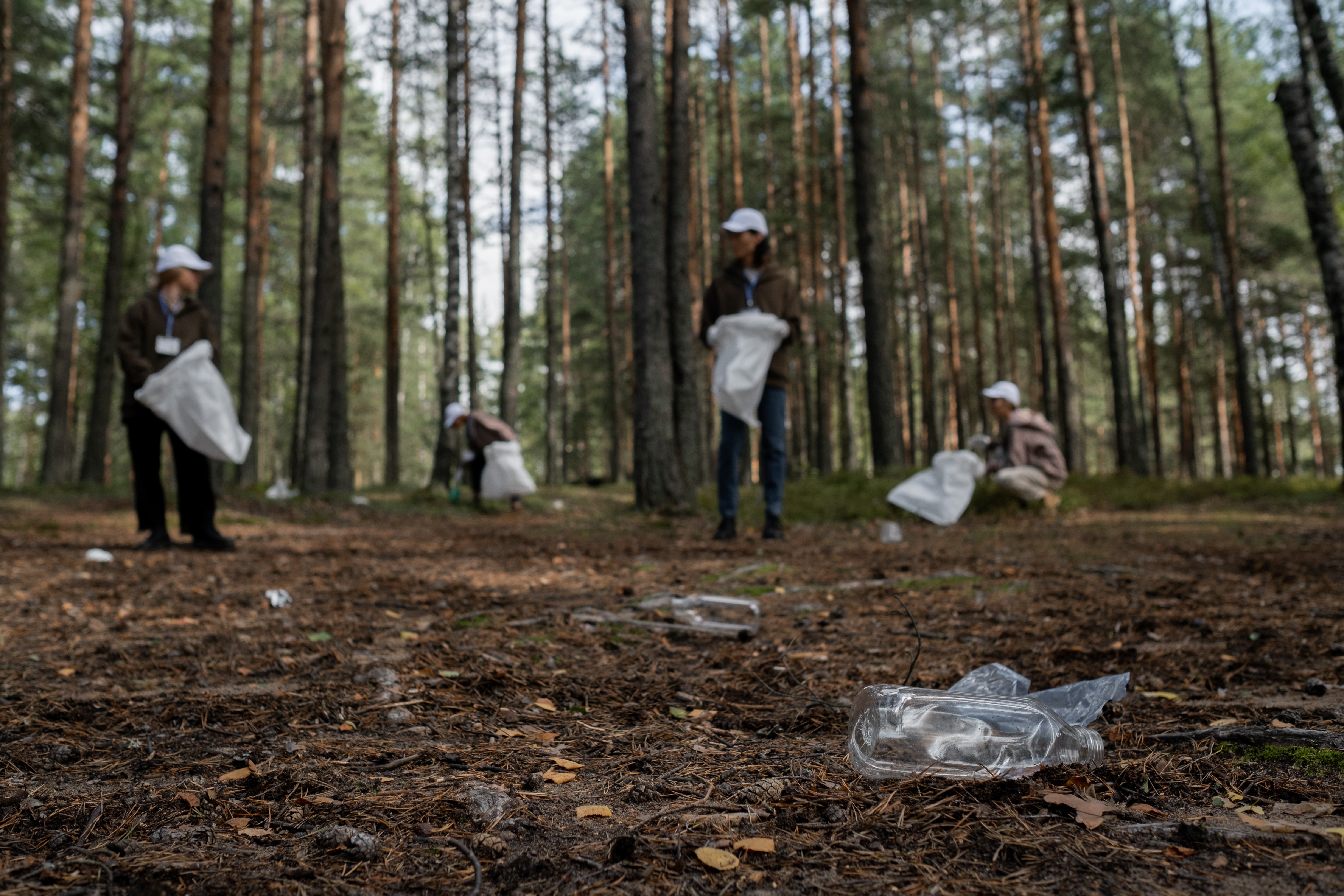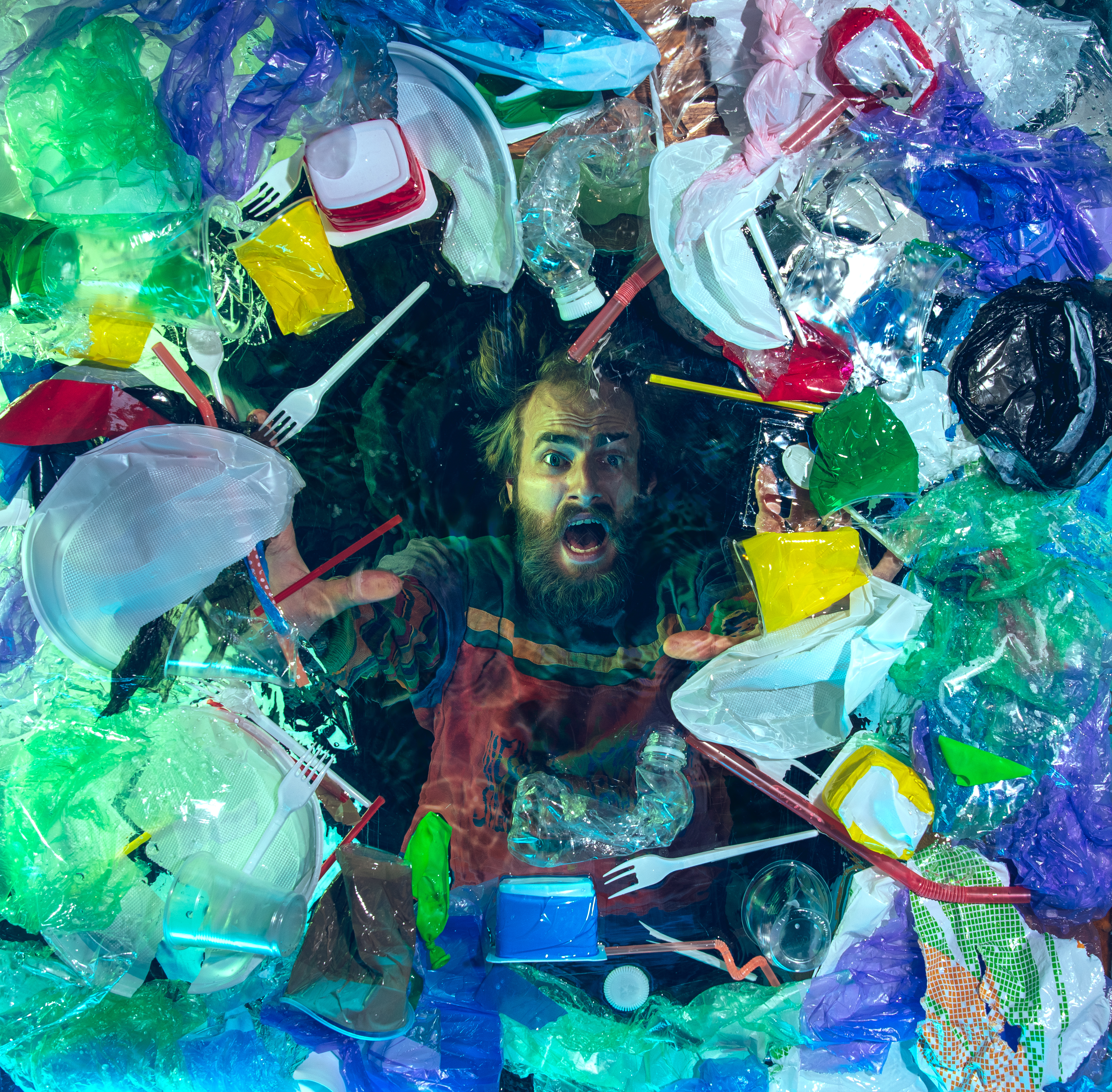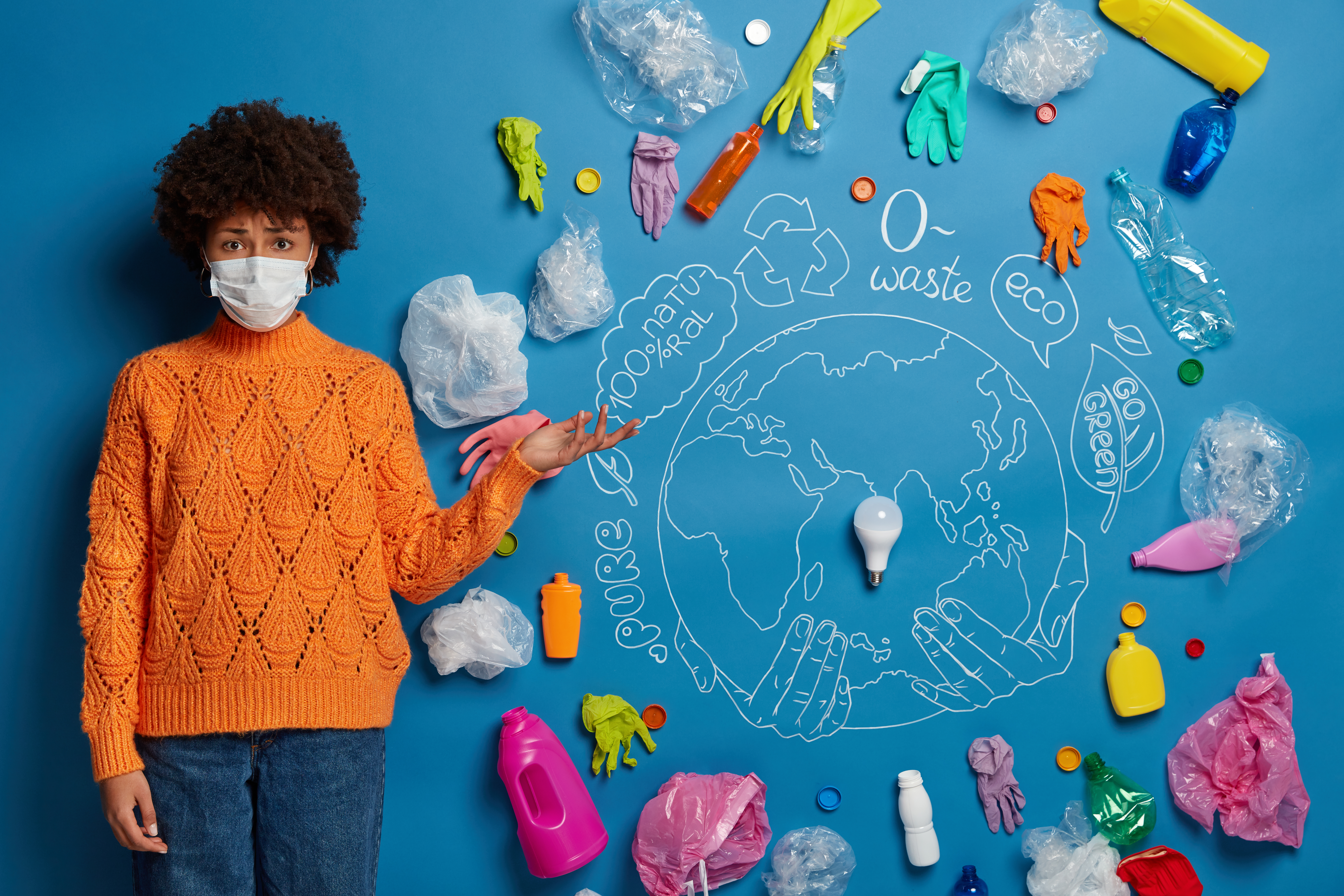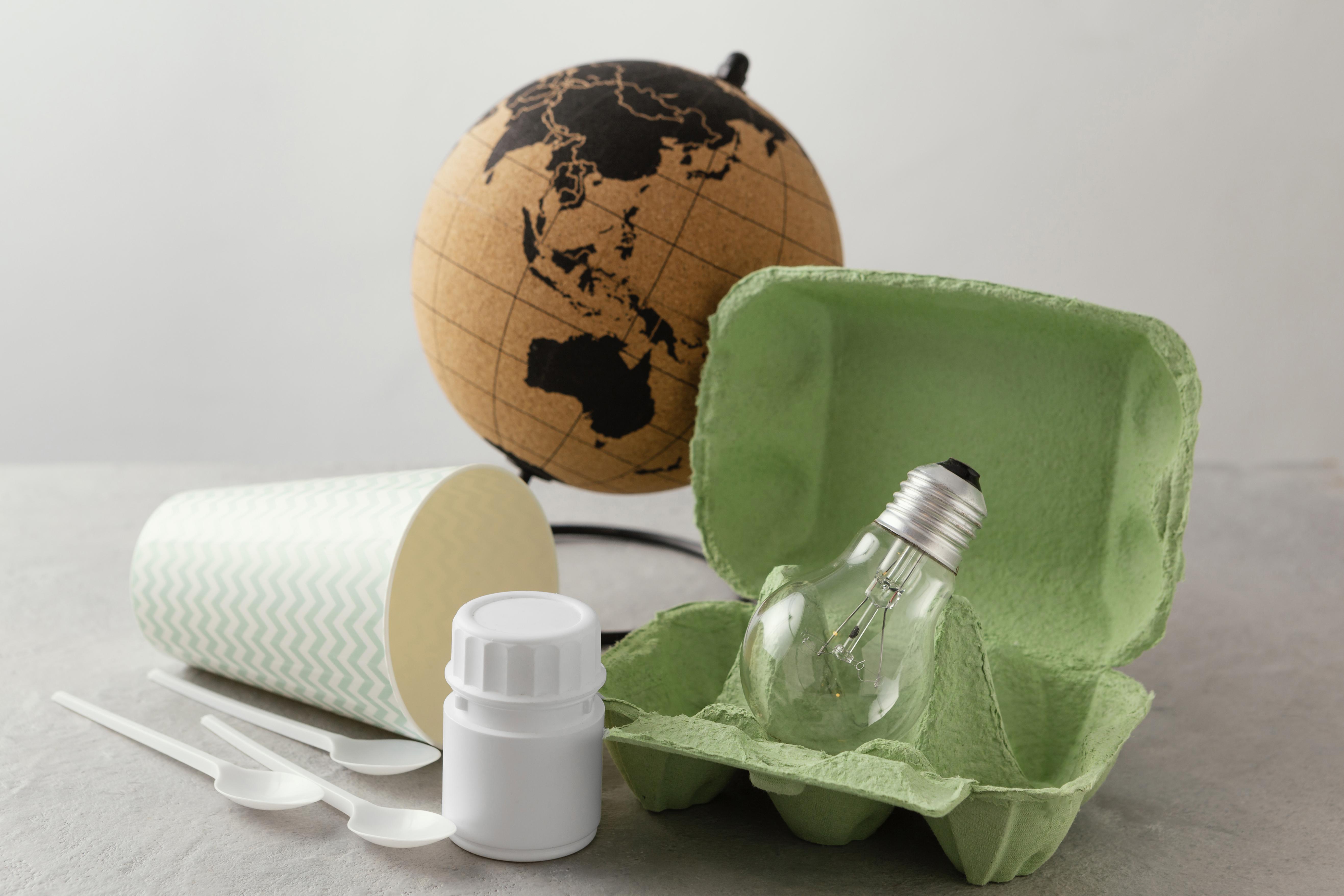Plastic packaging has become an essential part of our modern lives, offering convenience and durability for various products. However, its widespread use has led to significant environmental challenges. The accumulation of plastic waste has adverse effects on ecosystems, wildlife, and human health. As a result, there is a growing global movement to reduce plastic packaging and adopt more sustainable alternatives. In this article, we will explore the reasons why reducing plastic packaging is crucial for the environment and discuss the benefits and strategies associated with this initiative.
Introduction
Plastic packaging plays a significant role in the global economy, providing a means to protect, transport, and market various products. However, the widespread use of plastic packaging has contributed to an alarming increase in plastic waste. It is estimated that approximately 8 million tons of plastic end up in the world’s oceans every year, posing a severe threat to marine life and ecosystems.
Environmental Impact of Plastic Packaging

Health Concerns Associated with Plastic Packaging

Man drowning in water under plastic recipients pile, garbage. Used bottles and packs filling world ocean killing people. Ecology, environment concept, plastic and glass pollution, nature disaster.
Beyond its environmental impact, plastic packaging also raises concerns regarding human health. Some plastic containers and packaging materials contain harmful chemicals, such as bisphenol A (BPA) and phthalates, which can leach into the products they hold. These chemicals have been linked to various health issues, including hormonal imbalances, developmental disorders, and certain types of cancer. By reducing plastic packaging, we can minimize our exposure to these potentially harmful substances.
Advantages of Reducing Plastic Packaging

People and pollution concept. Worried African American woman volunteer cares about environment, cleans from garbage, concerned with plastic contamination, protects face with mask, raises palm
Reducing plastic packaging offers numerous advantages for both the environment and human well-being. Firstly, it helps to conserve natural resources, as plastic is derived from fossil fuels. By using alternative materials or opting for packaging-free options, we can decrease our dependence on non-renewable resources. Additionally, reducing plastic packaging reduces the amount of waste that ends up in landfills and oceans, mitigating the associated environmental hazards.
Sustainable Alternatives to Plastic Packaging

Strategies to Reduce Plastic Packaging
Reducing plastic packaging requires a comprehensive approach involving various stakeholders. One effective strategy is to adopt the concept of “source reduction,” which aims to minimize the amount of packaging used in the first place. This can be achieved through redesigning packaging, using lightweight materials, and encouraging refillable or reusable options. Collaboration among manufacturers, retailers, and consumers is crucial to implementing these strategies successfully.
Collaboration and Consumer Awareness
Reducing plastic packaging necessitates a collective effort. Collaboration among governments, businesses, and individuals is vital to drive change. Additionally, raising consumer awareness about the environmental impact of plastic packaging can encourage responsible purchasing decisions. Educating the public about sustainable alternatives and the benefits of reducing plastic packaging can lead to a significant shift in consumer behavior.
The Role of Businesses in Reducing Plastic Packaging
Businesses have a crucial role to play in reducing plastic packaging. They can adopt sustainable packaging practices, prioritize recyclable materials, and explore innovative solutions such as biodegradable or compostable packaging. By demonstrating environmental responsibility, businesses can influence consumer preferences and inspire other organizations to follow suit.
Government Regulations and Policies

Case Studies: Successful Plastic Packaging Reduction Initiatives
Several initiatives around the world have successfully reduced plastic packaging. One notable example is the “Zero Waste Grocery Store” concept, where customers bring their containers to purchase food items in bulk, eliminating the need for excessive packaging. Another example is the “Plastic-Free July” campaign, which encourages individuals and businesses to pledge to avoid single-use plastics for the entire month. These initiatives demonstrate that reducing plastic packaging is both feasible and impactful.
Challenges and Potential Solutions
While the reduction of plastic packaging is a laudable goal, it does come with challenges. Resistance to change, lack of awareness, and cost considerations are some of the obstacles faced. However, through education, innovation, and collaboration, these challenges can be overcome. Governments, businesses, and individuals must work together to find creative solutions that balance sustainability and practicality.
The Future of Plastic Packaging
The future of plastic packaging lies in embracing sustainable alternatives and innovative approaches. Companies are increasingly investing in research and development to create packaging materials that are biodegradable, compostable, and made from renewable resources. Advancements in technology and consumer demand for eco-friendly solutions are driving the transformation of the packaging industry.
Conclusion
Reducing plastic packaging is an urgent and necessary step towards safeguarding the environment and human health. By embracing sustainable alternatives, adopting innovative strategies, and fostering collaboration, we can significantly reduce our reliance on plastic and mitigate its harmful effects. The collective efforts of individuals, businesses, and governments are essential in creating a more sustainable and plastic-free future.

